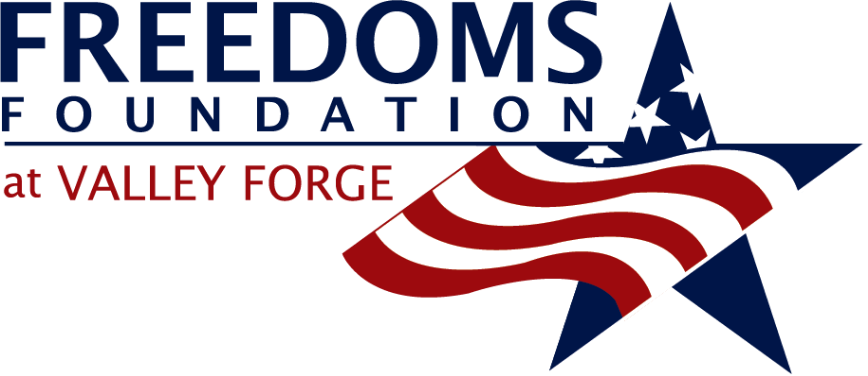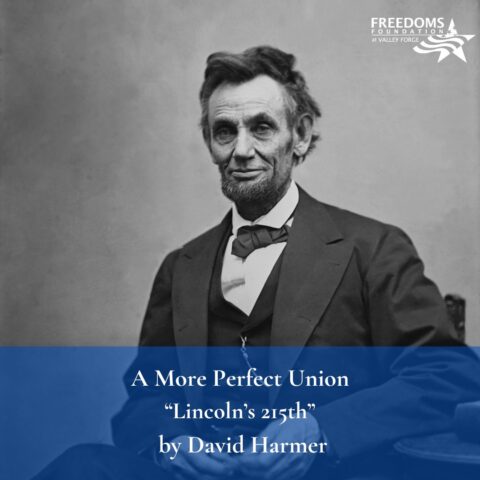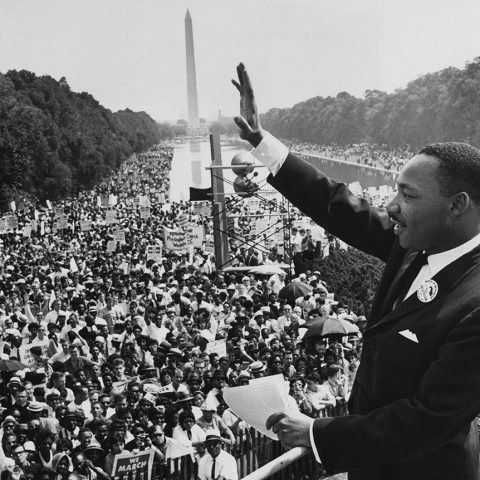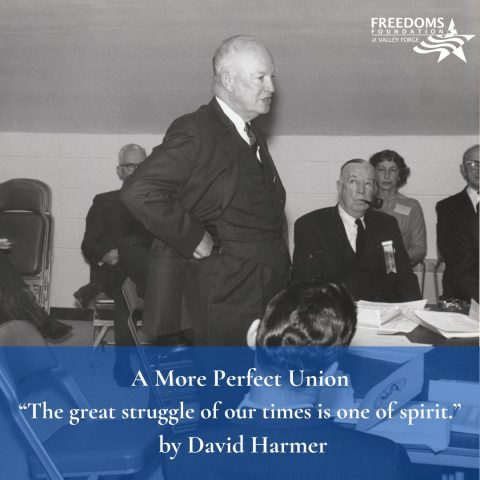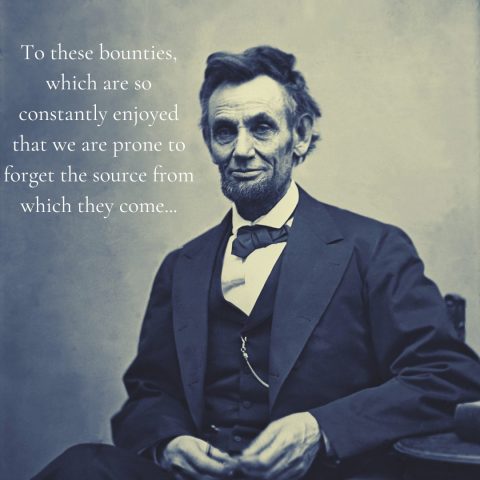The Shot Heard Round the World

By David Harmer
On this day in 1775, colonial militiamen from the Massachusetts countryside, defending their homes, their freedoms, and their own elected government, routed 1,700 British regulars, sending them from Concord to Charlestown in ignominious retreat. Loosely organized farmers and tradesmen, who supplied their own weapons and elected their own officers, defeated the professional soldiers of the King’s well-equipped army. It was the first battle of the American Revolution, and it was a resounding American success.
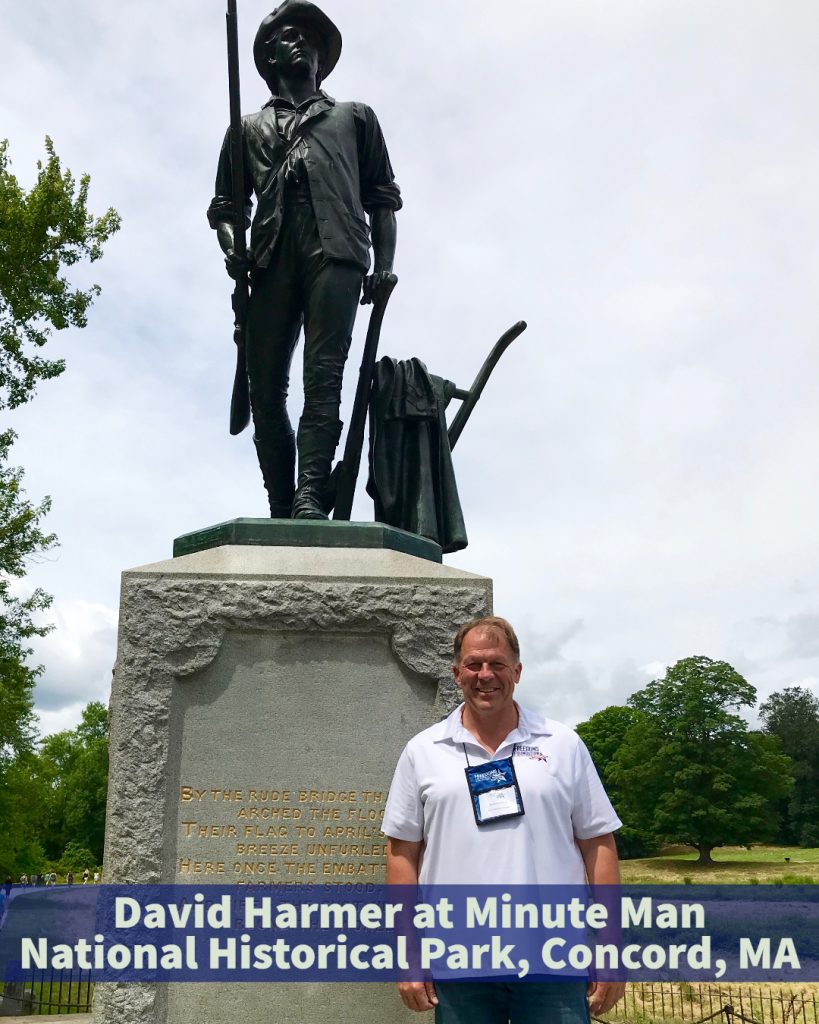
Tensions between the colonists and the British government had been building for years:
- Since 1768, British troops had occupied Boston.
- In May 1773, Parliament passed the Tea Act.
- In December 1773, the Sons of Liberty held the Boston Tea Party.
- In 1774, Parliament responded with the Intolerable Acts, including the Massachusetts Government Act, which revoked the colonial charter (including its provisions for self-government) and transferred unprecedented authority to the appointed governor.
- In September 1774, the Suffolk [County] Resolves rejected the Massachusetts Government Act. Within days, the Resolves were endorsed by the First Continental Congress.
- In October 1774, the appointed governor, General Thomas Gage, dissolved the elected assembly. It met regardless, as the Massachusetts Provincial Congress, and became the de facto government of the entire colony outside occupied Boston.
- In February 1775, the British government declared Massachusetts in rebellion.
On April 14, 1775, Gage received orders from the British Secretary of State, the Earl of Dartmouth, to destroy the colonists’ military supplies. (Thanks to intelligence sources in London and Boston, the patriots knew of Dartmouth’s directive before Gage did.) On April 18:
- Gage ordered Lieutenant Colonel Francis Smith to lead a force to Concord to destroy all military stores there.
- Joseph Warren told Paul Revere and William Dawes that British troops would leave Boston that night by boat, land in Cambridge, march to Lexington and Concord, and arrest John Adams and John Hancock, president of the Massachusetts Provincial Congress.
- Dawes went south by horseback across Boston Neck; Revere went north, rowing across the Charles River. Both reached and warned Hancock and Adams; both alerted townspeople along the way. Revere was captured before reaching Concord, but Samuel Prescott completed the ride.
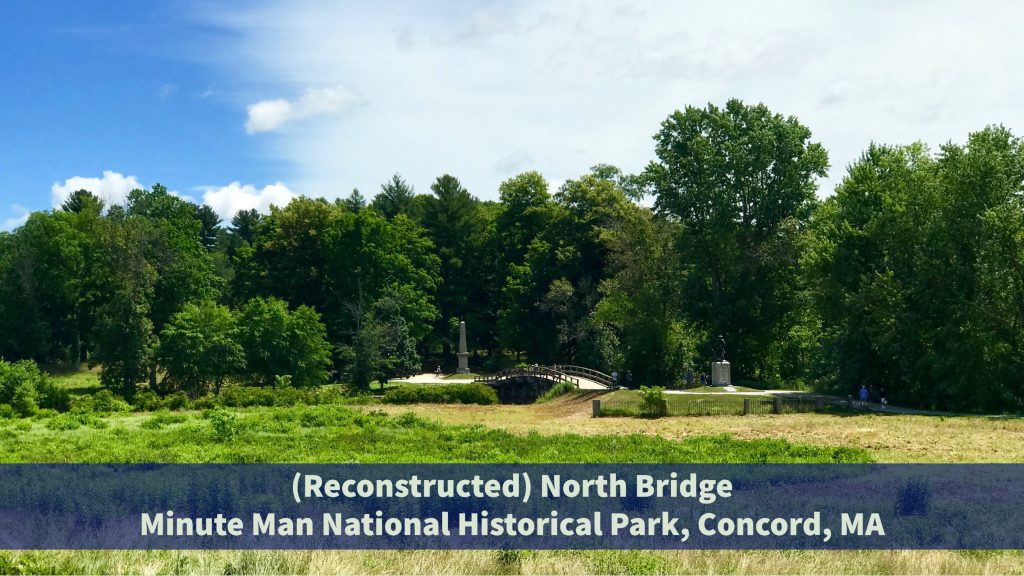
On April 19:
- At 2:00 A.M., 700 British soldiers, having crossed the water, began their 17-mile march.
- At sunrise, they reached Lexington, where 80 militia, expecting them, had assembled on the village green.
- Militia Captain John Parker wasn’t picking a fight; his outnumbered men stood in parade formation, not on the road blocking the march, not in hiding where they could take potshots.
- Who fired the first shot remains unknown; neither commander ordered it. A brief but savage melee left eight militiamen killed, one redcoat wounded.
- The column continued to Concord, where it divided into several groups to conduct the search.
- At Concord’s North Bridge, 400 militia blocked 100 redcoats. The redcoats requested reinforcements.
- As in Lexington, who fired the first shot remains unknown. Shortly after the shooting began, so did the British retreat.
- Ultimately 4,000 militia participated in forcing 1,700 British (including reinforcements) to flee.
By the next morning, 15,000 militia surrounded the British, and the siege of Boston had begun. Less than a year later, the British abandoned Boston, never to occupy it again.
///////
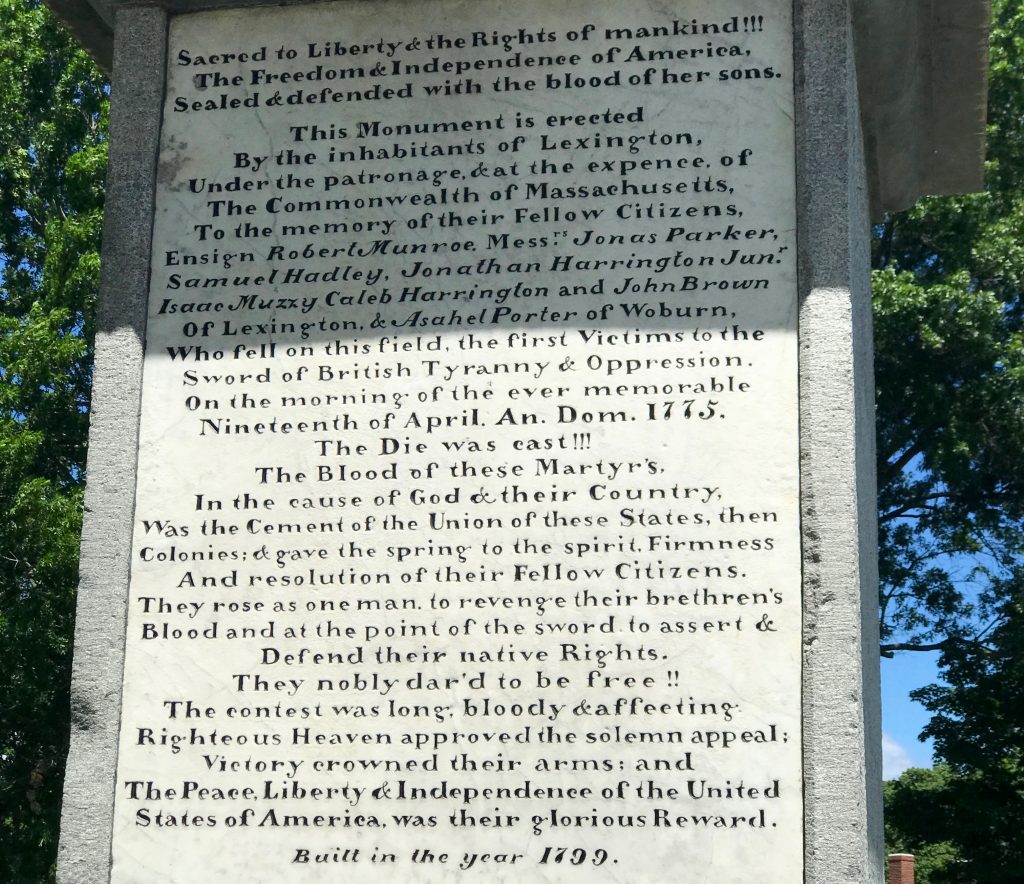
The battles of Lexington and Concord marked the start of the Revolutionary War. Or did they? John Adams wrote, “The Revolution was effected before the war commenced. The Revolution was in the minds and hearts of the people.” Their spirit is captured in this 1799 engraving displayed on Lexington Green:
Sacred to Liberty & the Rights of mankind!!!
The Freedom & Independence of America,
Sealed & defended with the blood of her sons.
This Monument is erected
By the inhabitants of Lexington . . .
To the memory of their Fellow Citizens . . .
Who fell on this field, the first Victims to the
Sword of British Tyranny & Oppression.
. . .
They nobly dar’d to be free!!
The contest was long, bloody & affecting.
Righteous Heaven approved the solemn appeal;
Victory crowned their arms; and
The Peace, Liberty & Independence of the United
States of America, was their glorious Reward.
In Concord Hymn, sung at the dedication of the Concord monument in 1837, Ralph Waldo Emerson prayed that their spirit would endure:
By the rude bridge that arched the flood,
Their flag to April’s breeze unfurled,
Here once the embattled farmers stood,
And fired the shot heard round the world.
On this green bank, by this soft stream,
We set today a votive stone;
That memory may their deed redeem,
When, like our sires, our sons are gone.
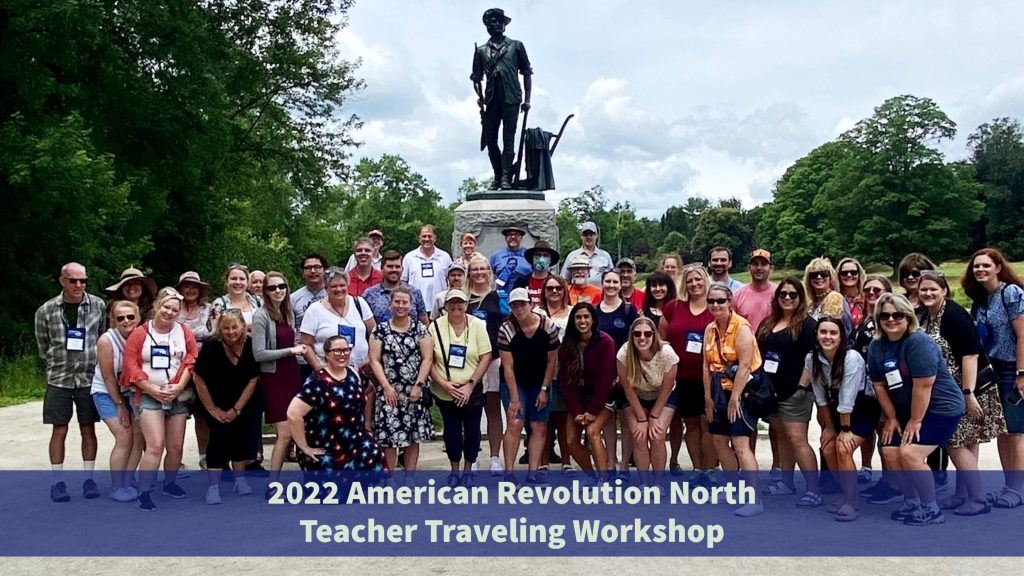
To cultivate that same spirit in the rising generation is the mission of Freedoms Foundation at Valley Forge. Last summer, in our American Revolution North traveling workshop, we took teachers from across the country to the battle monuments of Lexington and Concord. There, historian Arch Hunter bore eloquent testimony of the spirit of freedom that motivated the patriots of 1775. Those teachers experienced not only where history happened, but why. They were inspired. And for the rest of their careers, they will inspire their students with the spirit of America’s founding.
On this, the 248th anniversary of the shot heard round the world, that mission merits our utmost effort. We invite your renewed support.
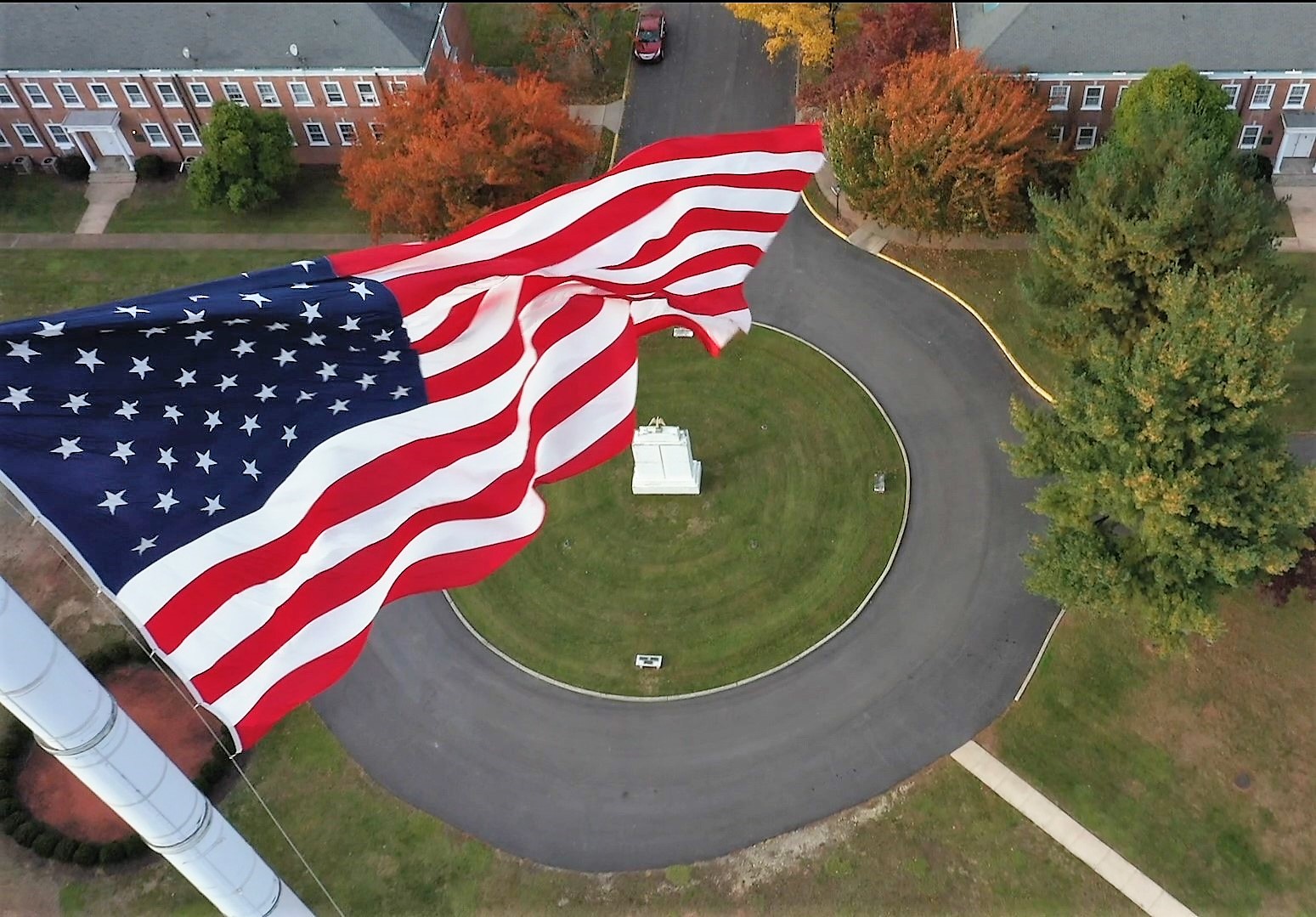
Donate Today
Supporting America’s first principles of freedom is essential to ensure future generations understand and cherish the blessings of liberty. With your donation, we will reach even more young people with the truth of America’s unique past, its promising future, and the liberty for which it stands. Help us prepare the next generation of leaders.
